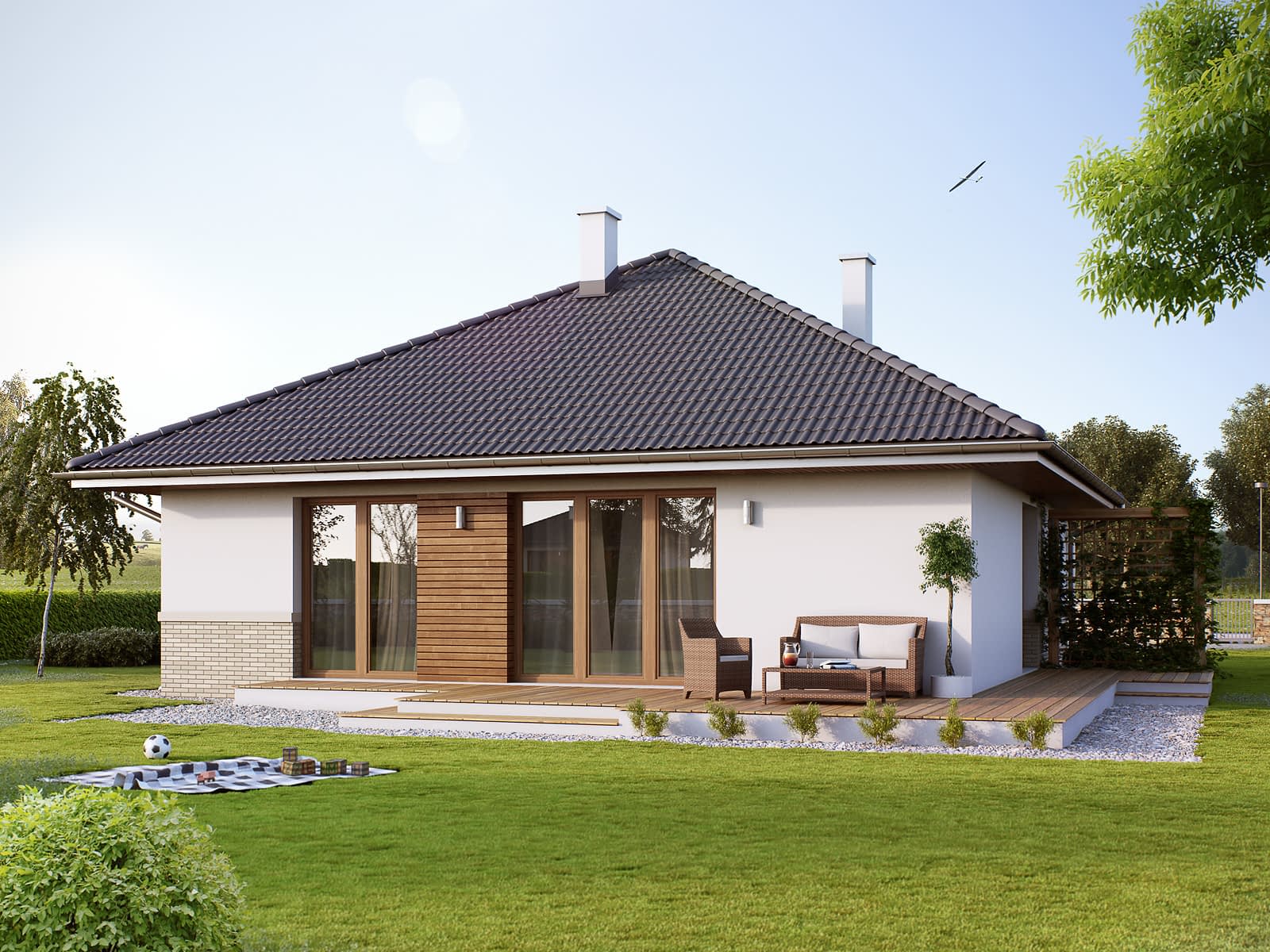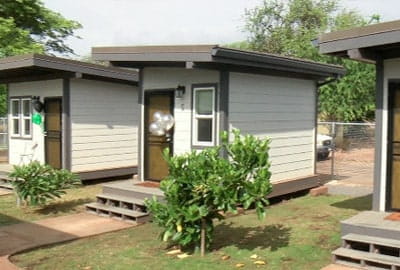





A link to download your FREE brochure will be in your inbox in 3 minutes



















The final price may vary based on project specifics.
To get a free accurate quote tailored to your needs, book a consultation with us today!

The price per square foot provided is an average and may vary depending on project-specific details such as materials, location, complexity, and other factors. Actual costs may differ from the average provided.
It is recommended to obtain a detailed quote based on the specific requirements of your project.

Please note that the monthly payment displayed on this page is an estimate and is subject to variation based on the selected loan product, applicants credit score, loan amount, and other financial details. Actual monthly payment may differ from the estimate provided.
It is recommended to seek advice from a financial advisor or loan officer to obtain precise payment information tailored to individual circumstances.
 Your Trusted
Local Contractor
Your Trusted
Local Contractor

In recent years, the surge of the tiny homes movement has been monumental, bringing forth a new perspective on how we view housing. These houses not only reflect a minimalistic sense of living, but have also evolved as a beacon of hope for homeless populations in cities across the nation, especially in places like Los Angeles, San Francisco, San Diego, and Sacramento.
With the homelessness epidemic becoming a significant concern, tiny homes for the homeless have emerged as an innovative approach to address the homelessness crisis.
The modern urban landscape, especially in bustling metropolitans like Los Angeles, San Francisco, San Diego, and Sacramento, has been grappling with the homelessness epidemic, compelling city leaders and local leaders to rethink traditional housing paradigms. Amidst the escalating homelessness crisis, the tiny homes movement emerges as a beacon of hope.
These aren’t just houses; they are a transformative sense of living, a promising permanent housing solution for the homeless population. Whereas conventional homeless shelters offer merely a temporary respite, tiny homes and tiny houses present both an immediate and long-term housing alternative, with the prospect of communities like tiny house villages and projects such as Dignity Village revolutionizing the approach towards homelessness. The emphasis is not only on providing a space, room, or a door for safety but also on creating a holistic community where homeless residents can find support, services, and regain their life’s dignity.
As these villages burgeon across California and other cities, backed by champions like Gavin Newsom and anchored by a myriad of support mechanisms ranging from caseworkers to communal food areas, the vision is clear: to turn every makeshift tent on the streets into a structured tiny home, transforming shelters into thriving communities, and reinforcing that every individual, regardless of circumstance, deserves a rightful place in our society.
Tiny house villages are now being seen as a potential solution, not just as a temporary shelter but also as long-term housing. These villages, like Dignity Village or the various tiny home village projects in California, have not only provided homeless people with a safe space to sleep but also have fostered a sense of community among residents. The concept transcends beyond the mere provision of room and shelter beds; it offers a chance to rebuild life in a secure environment.
Take a look at some major pros of tiny home villages:
However, implementing tiny house village projects doesn’t come without challenges. Local leaders and city leaders often grapple with securing funding, finding appropriate property, and managing societal perceptions. Some cities face opposition in integrating these villages within the broader community. Yet, pioneers like Gavin Newsom are pushing for more tiny houses to be constructed, tapping into available county resources and encouraging community acceptance.
In the heart of California, from Los Angeles to San Francisco and down to San Diego, a revolution is underway. Spearheaded by city leaders, including advocates like Gavin Newsom, the homelessness epidemic that has long plagued these cities is being addressed in innovative ways. Tiny houses and tiny homes are emerging as more than just a trend; they’re a hope-filled response to the homeless crisis. San Jose and other surrounding cities are now witnessing the rise of tiny house villages and tiny home village initiatives. These aren’t merely aesthetic projects; they’re lifelines. They offer homeless residents a sense of community and belonging, bridging the void that traditional shelters couldn’t fill. These villages, with their organized space and communal living areas, provide more than just a room or a door.
They create a shared life, a cohesive community where support services, caseworkers, and communal food areas are integrated seamlessly, making every house within the village a sanctuary of security and belonging. Homelessness is no longer just about offering a shelter or a bed for a night’s sleep; it’s about reintegrating homeless people into society, reminding them of their worth, and giving them a foundation from which they can rebuild their lives.
The support system, from securing personal belongings safe to counseling services, reflects a holistic approach. This method is a beacon for communities everywhere, a testament that with the right vision and commitment, cities can indeed provide an enduring permanent housing solution for those in need.

The homelessness epidemic is a complex issue that requires multi-faceted solutions. Tiny homes for homeless represent a promising step forward, aligning with the goals of many city officials, activists, and communities at large. These homes, their inherent benefits, and the support systems they foster are testaments to the transformative power of innovative housing solutions. The broader acceptance of tiny homes and tiny home villages can pave the way for a more inclusive society, where every individual, irrespective of their life circumstances, has a place to call home.
We believe that it’s time to end homelessness and stop unhoused people from terrible conditions of living outside. People living on the streets and not possessing enough money to invest in the housing stock should not suffer from the lack of affordable housing that the government cannot provide. Hence, every tiny house project is valuable as they create more housing units for rent and give the homeless normal conditions like their own bathroom.
The government and social organizations should have spent more time in the past and figured out the means to make at least two thirds of all housing stock in a tiny home village accessible to such people.
Traditional homeless shelters often provide a temporary place to sleep, while tiny house villages offer a more permanent housing solution with personal living space, safety, and an inherent sense of community.
The homelessness crisis in cities like San Francisco and Los Angeles demands innovative solutions. Tiny homes, given their affordability and the community-centric approach of tiny home villages, present an efficient, humane answer to this challenge.
Many tiny home village projects incorporate training programs, woodworking shops, and other skill development initiatives. These empower homeless residents to earn, contributing to their self-sufficiency and well-being.
Yes, several models, including Dignity Village and projects in San Diego and San Jose, have shown significant success. These models of the village not only provide housing but also foster community, skills training, and personal growth.
Support can come in various forms – monetary donations, volunteering, offering skill training, or even advocating for the cause in your local community. Collaborating with national alliance groups or local nonprofits can also make a difference.
Get a First Look at Real ADU Projects